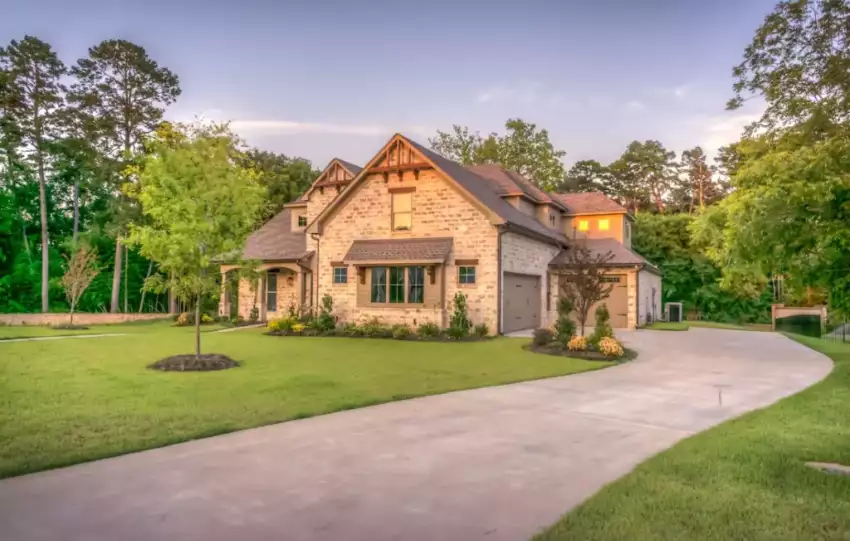As a claims adjuster, having a deep understanding of homeowners insurance policies is essential for accurately assessing claims and providing fair resolutions. In this comprehensive guide, we will delve into the key components of a homeowners insurance policy: dwelling coverage, other structures coverage, personal property coverage, and additional living expenses coverage. By expanding upon these components, we aim to equip claims adjusters with the knowledge necessary to navigate the complexities of homeowners insurance policies effectively.
Dwelling Coverage
Protecting the Home’s Structure and More Dwelling coverage is the cornerstone of a homeowners insurance policy, encompassing protection for the physical structure of the insured home. This component not only covers the walls, roof, and foundation but also includes built-in appliances, flooring, and attached structures like garages or decks. As a claims adjuster, it is crucial to thoroughly assess the extent of damage to the dwelling in the event of a covered peril, such as a fire or severe weather. Familiarize yourself with the nuances of dwelling coverage, including the policy limits, exclusions, and any additional endorsements that may impact the claim settlement. By accurately evaluating the damage and understanding the coverage terms, you can ensure a fair and equitable resolution for the policyholder.
Other Structures Coverage
Safeguarding Property Additions and Enhancements Homeowners insurance policies often include coverage for other structures on the insured property, which are not physically attached to the main dwelling. These structures may include detached garages, sheds, fences, or even a gazebo. As a claims adjuster, it is essential to assess the extent of damage or loss to these other structures separately from the main dwelling. Evaluate the coverage limits specified in the policy, considering factors such as construction materials, age, and usage of the structure. Additionally, be mindful of any exclusions or limitations that may apply to specific types of structures. By accurately assessing the damage and determining the appropriate coverage for other structures, you can ensure a fair claims settlement for the policyholder.
Personal Property Coverage
Evaluating Losses and Ensuring Adequate Compensation Personal property coverage is designed to protect the belongings of the policyholder within the insured property. As a claims adjuster, it is crucial to conduct a detailed assessment of the damaged or stolen personal property. Work closely with the policyholder to compile a comprehensive inventory of the affected items, documenting their value, age, and condition. Keep in mind that personal property coverage may have sub-limits for certain categories of belongings, such as jewelry, artwork, or electronics. It is essential to review the policy terms and any applicable endorsements to ensure accurate compensation for the policyholder. By diligently evaluating the loss, considering depreciation where applicable, and adhering to policy provisions, you can facilitate a fair and satisfactory resolution for the policyholder’s personal property claim.
Additional Living Expenses Coverage
Supporting Policyholders During Displacement When a covered peril renders a home temporarily uninhabitable, additional living expenses coverage comes into play. This component provides financial assistance to policyholders for the cost of temporary accommodation, meals, transportation, and other necessary expenses incurred while their home is being restored. As a claims adjuster, it is important to work closely with the policyholder to assess their needs and ensure they receive adequate support during the displacement. Understand the coverage limits and duration specified in the policy and consult with the policyholder to assess their specific circumstances. By providing empathetic and transparent communication, you can help alleviate the policyholder’s concerns and facilitate a smooth claims process.
As a claims adjuster, a thorough understanding of the key components of a homeowners insurance policy is paramount for accurately assessing claims and providing fair resolutions. By expanding your knowledge of dwelling coverage, other structures coverage, personal property coverage, and additional living expenses coverage, you can navigate the complexities of homeowners insurance policies with confidence. Remember to conduct detailed evaluations, review policy provisions, and communicate effectively with policyholders to ensure a fair and equitable claims settlement. By mastering these fundamental components, you can fulfill your role as a trusted claims professional and provide the necessary support to policyholders during challenging times.
Related Links:
Homeowners Insurance Claims: A Guide to Prevention and Solutions
Dwelling Coverage: A Guide for Insurance Adjusters





